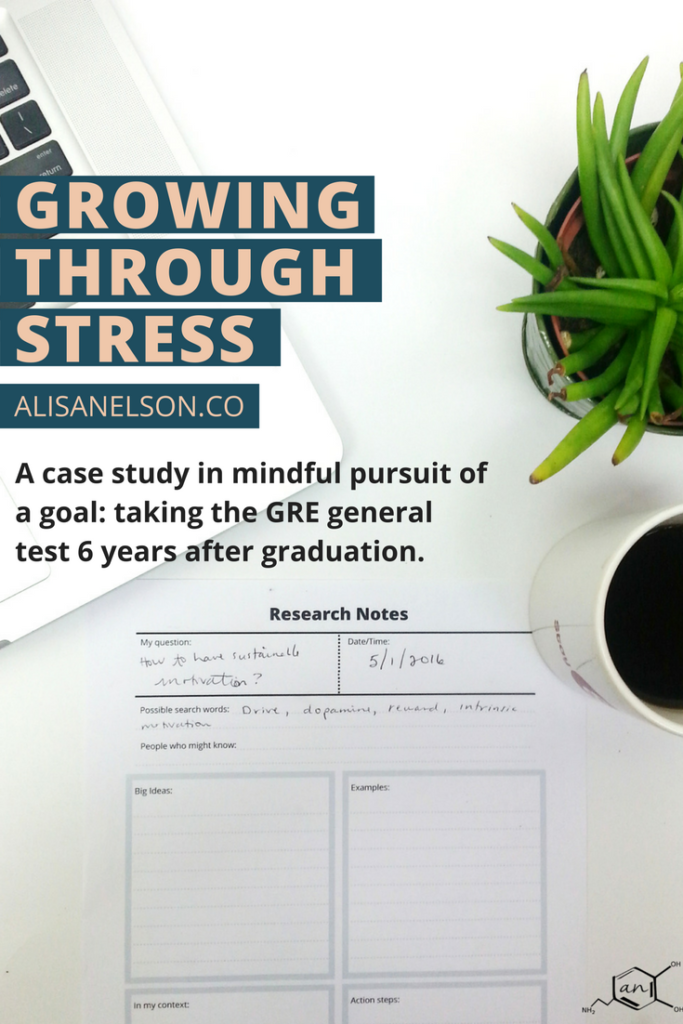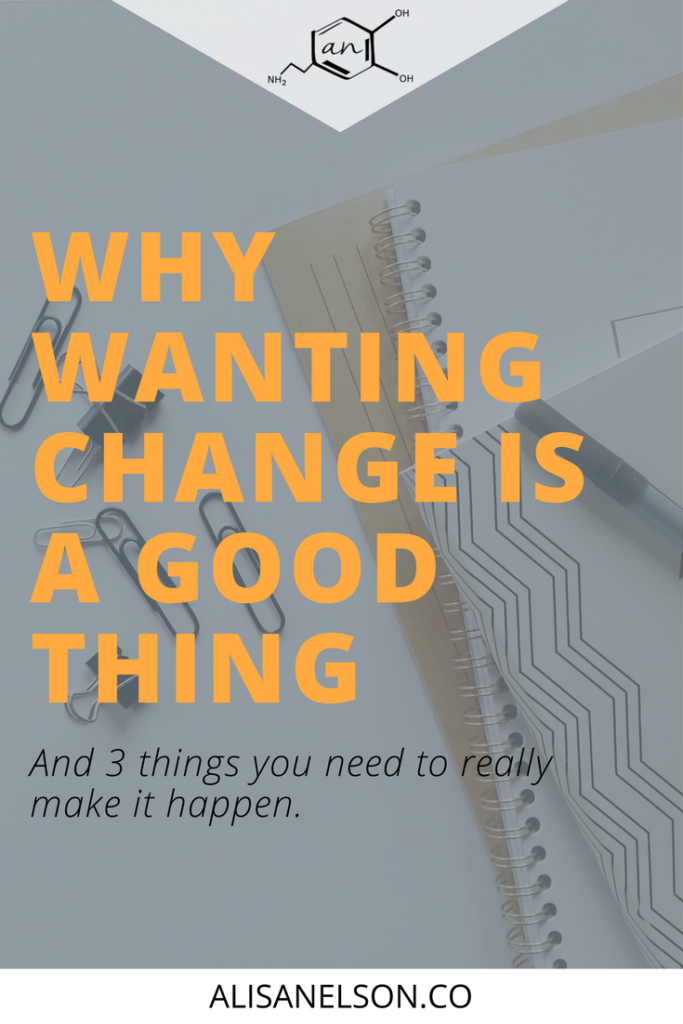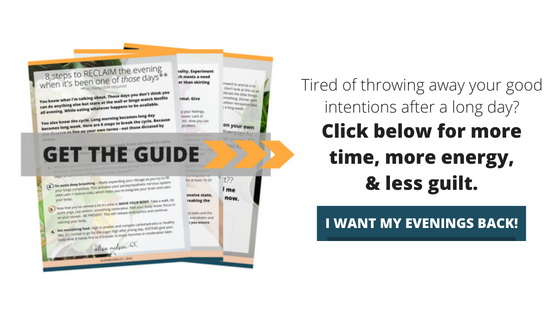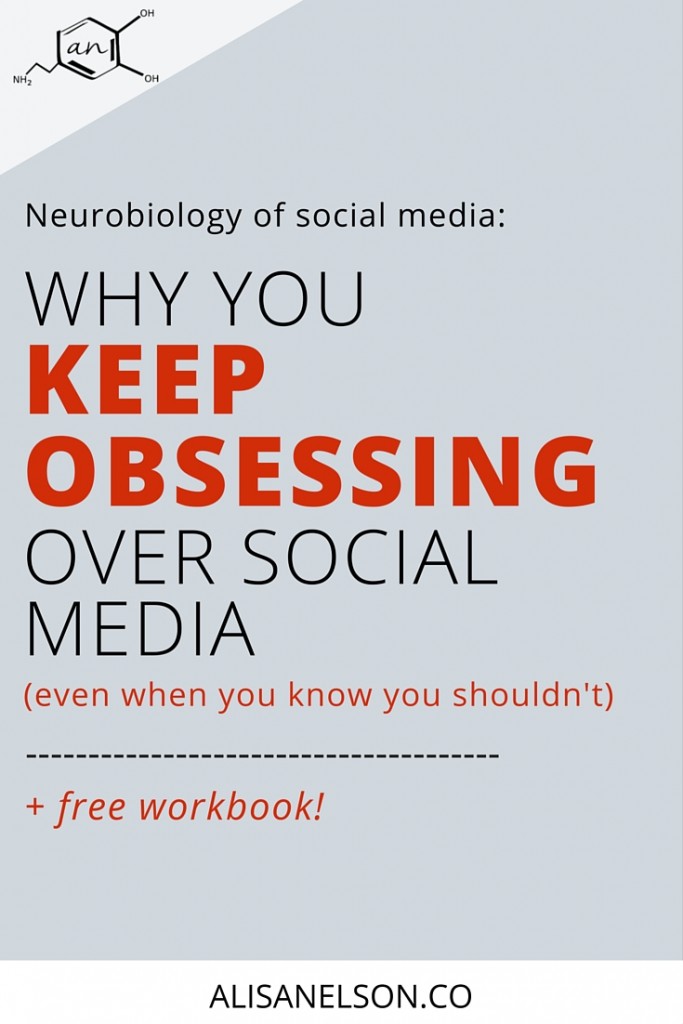Three weeks ago I took the GRE general test. As I move on to the next stage of applying for PhD programs I wanted to take a moment to reflect on what helped me perform well.

You could classify me as an anxious test-taker. Especially when it comes to reading comprehension, stress kicks into high gear and I find myself reading passages over and over again unable to decipher any meaning. So six years ago when I took the GRE for the first time, I knew I would put up with whatever score I got because there was no way I’d ever voluntarily take a standardized test again. In fact, it’s been a lingering thought in my head ever since, knowing I was likely to see my scores expire before I made it to grad school – what could I go on to do after my kids grow up a bit that doesn’t require a GRE score?
So it was surprising when, last January, I made the decision to return to my previous intentions of PhD programs in molecular biology. I was someone who wrote off a career dream in forensic pathology because I couldn’t imagine taking the MCAT. But here I was choosing to take a test that involved math I haven’t studied in 10-15 years.
I realized something as I weighed the options…taking a test doesn’t have to be dreadful (surprise!). And I don’t have to keep living the same story I’ve lived most of my life – where I’m the girl who says no to things that matter because the journey looks too hard. Even in entrepreneurship – heck, even in college – I would see people who were willing to go the extra mile to get what they wanted. People who would stay up all night studying (I tried it for a few weeks, wasn’t worth it) or burn the midnight oil because their day’s list wasn’t done…working to the point of adrenal fatigue even! But in the end the got what they set out for…And I couldn’t understand it – how do they get themselves to do that? No I certainly don’t want health problems but I would like to be able to be productive after my kids are in bed. The struggle here is one of the reasons for lingering shame over my own business journey…yes my decisions make logical sense, but did I ever really go “all in”? How would it have turned out if I had?
Now I could go on listing all the complex pieces of those decisions or follow the trails of questions and predictions my mind takes when I read that last sentence but that would take me away from the point which is that while a GRE itself isn’t a significant part of going to graduate school, it was my first step in writing a new story. One where my goals are not short-circuited by my fear of failing. One where, with eyes open to the cost of this pursuit, I push all my chips in and maintain a thoughtful, intentional approach to success. I have no intention of shutting down my self-awareness and pushing to the point of exhaustion or relational stress. I do intend to use mindfulness to both take care of myself AND maintain a relentless pursuit of my goal.
With the rest of this post I want to look at what helped me push my test-anxiety to the side and perform well on the GRE. I’ve spent a good chunk of these last 6 years trying to understand stress and habit formation – I used it to write a program helping clients push through the struggle to change their bodies and I’ve used it in my own life to get closer to who I want to be. So here are a few principles that I applied as I prepared for my test:
Switching from fight-or-flight to thoughtful engagement
I grew up playing sports…eventually sticking with soccer as my primary pursuit. My team had all sorts of pre-game rituals to get us into the game-time mindset from music to drills to handshakes. Moments before the whistle blew to signal game on I would get my jitters out with one more personal ritual…nothing special, but it was my private agreement with myself to put my energy into the game. It was how I coped with anxiety…because it was always there, no matter how insignificant the game.
At the time I didn’t know that I was teaching myself to combat my fear by transforming it into a challenge response. While I didn’t receive much mental game training, I unconsciously habituated my body to engage in the problem causing the stress rather than run from it. Now, this was a very crude first attempt that didn’t really transfer itself into other areas of my life, but it gave me something to look back on when I came across Kelly McGonigal’s book The Upside of Stress.
It took me a long time to actually sign up for my test date. I was taking practice tests and setting score goals but fear was keeping me from actually solidifying game-day. When I finally did it, I had about 3 weeks to prepare. My mind started racing and I was tempted to do what I’d done throughout high school and college – study like a chicken with its head cut off. But the last several years have brought awareness to this tendency and a way to calm things down so I can approach the stressor with a level head.
The ability to step out of the fight-or-flight reaction of the brain is largely due to practice in slowing down. Some call it riding the cortisol wave (rather than getting pulled into the rip tide). As I would start to feel anxiety rise when I sat down to practice math I would feel the draw to distract myself with other things – or jump all over the place in an “I’m not enough” frenzy – but instead I treated it like I treated a soccer match. See the anxiety as normal, expected even, and channel it toward my work. In the last few days I worked through hundreds of math problems – including an entire GRE math review book – in the little pockets of time I had. The old me would’ve watched tv while telling herself she was studying (or that there was no point in practicing).
The effect: Stamina. I had a plan going in on how I would attack the test, and I had a plan for how to stay calm. Despite a time crunch I remained engaged throughout the entire test. I saw an increased mental endurance where my last section was just as focused (if not even more) as my first section. Previous experience told me to expect a dropping off – a growing disinterest in my performance as the 3.5 hours wore on.
Using my stress response to focus in on what mattered
Brain chemicals like dopamine, oxytocin, and serotonin serve a very important purpose. You wouldn’t intuitively know it based on our modern culture but they actually serve to focus our attention. They are involved in our pursuit of survival and help to highlight what we need or determine the focal point of a moment.
Imagine you’re sitting in a meeting or think back to your 10am college class – what happens when you realize you’re hungry? If you don’t attempt to override it, you will naturally start planning your next meal. You’ll envision the food you want to eat, where you’ll find it, how long it will take to get there, etc. That’s dopamine. Once you’ve determined a plan, you may even start to feel happier…yup, dopamine does that. It is released in the brain in anticipation of the reward.
Dopamine also plays a role in memory – which scientists believe was used to remember where food was found (or hidden). Nowadays these happy chemicals can get a little jacked up – the brain interprets stress the same whether we are getting yelled at by our boss or we are getting chased by a lion. This can mean we spend most of our day trying to “survive”, which tends to play out as putting a lot of energy into feeling good rather than what really needs our attention.
When we realize this tendency, we can start to use it to our advantage. When my kids are not listening and fighting at every turn my first response is to internalize the “I’m a failure” mantra. But that doesn’t really solve any problems, it instead puts my attention on feeling better about myself leading to disengagement from my family. Instead, with practice, I can override this reaction and choose a second response – to look at the needs of my kids, practice compassion, and choose to engage THEM, not just how I feel about them.
In preparing for the GRE there were endless opportunities to practice directing my attention to what needed to happen rather than get caught up in the shame gremlin storm. When it came down to test day, I was focused and ready – then I ran out of time on the first quantitative section. In the past this would have sent me into a panic on the next sections. But instead I was able to let go of what was now past and use the unavoidable brain chemical surges to prepare for the next thing.
Effect: Didn’t get caught up in my mistakes during practice – instead I gave my attention to understanding my errors + practicing more. During the test I didn’t let stress over previous sections hijack my attention.
Bringing my thoughts to WHY
I believe that I’ve spent most of my life letting fear be my reason why I do what I do. You could also call it a need for survival. In some cases maybe I could’ve told you my fear was driving me but for the most part, I think it’s our unconscious + automatic behavior as members of the animal kingdom.
“Know your why” is a popular phrase amongst business coaches, entrepreneurs, motivational speakers, etc. We like to blame our lack of knowing for why we get stuck, procrastinate, get moody, fail in our efforts, lose interest, fall off the wagon, and on and on.
Now in reality there are plenty of people in the world who have no idea why they do what they do (in an ultimate purpose sense). They make it by just fine. But they also probably don’t feel like they have much control over their emotional and mental state. Life is one deadline or needy person after another. They might feel compelled to serve, create, etc. but what actually helps them accomplish things is the external forces on their time and energy.
Charles Duhigg, in his newest book Smarter, Faster, Better, looks at what it takes to maintain motivation in the face of struggle (using Marines as one of his case studies) and identifies that answering their own why question helped them continue through perceived limits and struggle. There is something about manifesting an image of what matters most to you – perhaps the future you hope to bring to reality through your actions – that redirects your energy and attention to the present moment.
I have found this “why” question to be particularly useful when facing mundane or painful experiences. It reminds me that I have control over my mental state – to be frustrated by all the laundry or anxious over practice questions I struggle to answer is ultimately up to me. Like many people I am prone to disengagement when something feels uncertain. Almost especially when I realize it’s all up to me.
Effects: Envisioning what life might look like in the next 18 months and what lies beyond graduate school was a major contributor to staying emotionally involved in the process of studying. I think about graduate school every single day. Throughout my preparation I looked for ways to improve my thinking rather than simply memorizing or cramming. I see the reason behind this as taking control of the situation – rather than being enslaved to a test or the expectations of a university, I established my own terms. This made it easier to engage as it was not something being done TO me but BY me.
Remembering to breathe
I’ve written before about the “email apnea” hypothesis. Basically it is the observation that people tend to shorten or hold their breath when they are reading their email. Likely started in anticipation of stress, it can actually induce stress. If you start to notice that you become rage-y or anxious throughout the day it might be a good idea to look at how you approach your email, task list, etc.
I knew going into my test that I would be tempted to rush through. I’m usually a “get it over with” kind of girl. But that also tends to translate to holding my breath and just barely making it through alive. There are a few scheduled breaks – 60 seconds between sections and 10 minutes at the halfway point. My plan going in was to take all that time to recover and refocus. I would sit still, close my eyes, and take deep breaths for the entire minute.
Effect: I felt myself let go of whatever happened in the previous section and re-engage in the next. Almost like a small refreshment period I could re-imagine why I was sitting in that chair and I believe this is what helped me stay present and in game day mode.
I don’t expect that every person reading this is in the throes of a big test. It’s my hope that you can use these examples to think about and visualize what staying mindfully engaged in your goals might look like. It’s a mistake I often see in myself and in others to expect things to get easy at some point…nothing worth our obsession is easy. There is always a new level we can climb to in order to stimulate growth – and that requires pushing beyond our perceived limits.
I’d love to hear from you – how are your goals going? Are you seeing fruit from the above habits? Perhaps a different one? Are there any unexpected positive effects from your pursuit?
Also, if you’re not signed up for my email list you can do that here. Tomorrow I’ll be sending out a supplementary reading list on the brain chemistry / psychology of stress so if this topic has piqued your interest and you want to read more, I’ve got you covered!







